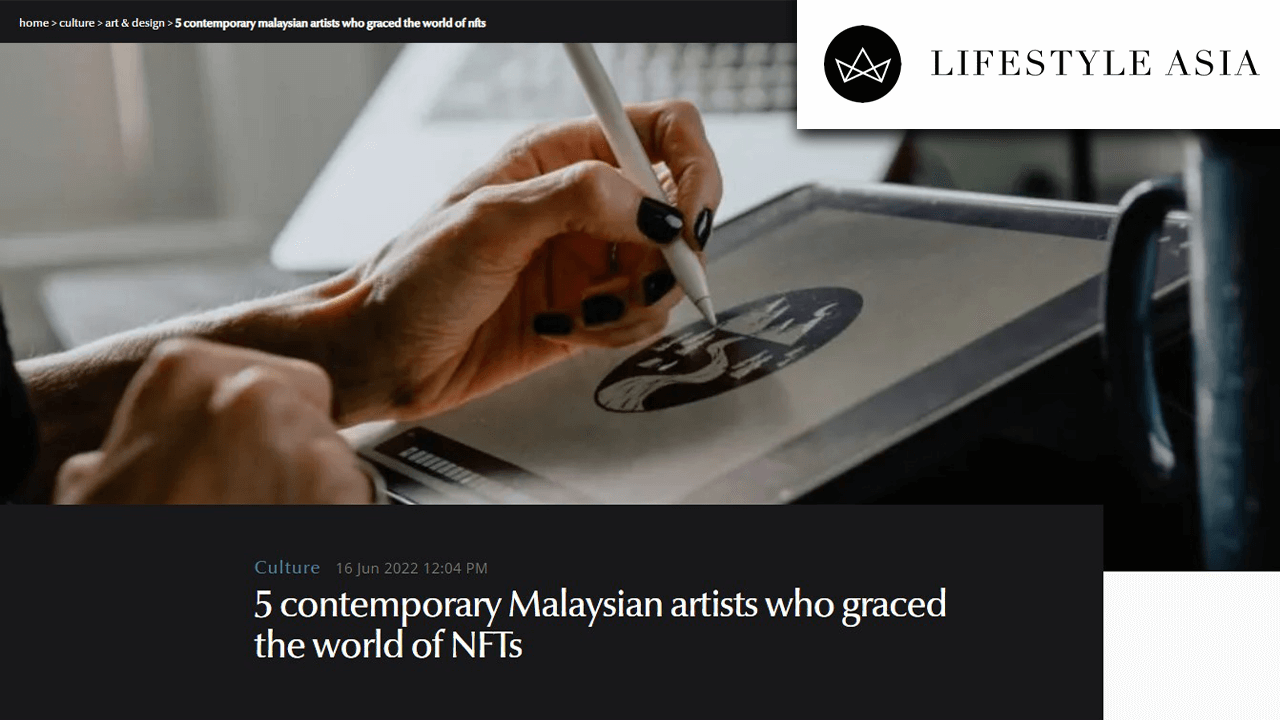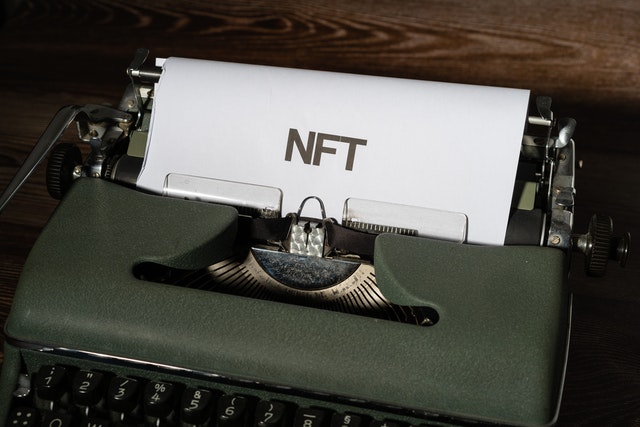The global generative design market is expected to reach $315 billion at an annual rate of 19.9% by 2025. These figures clearly state that generative art is gaining immense popularity as the new medium of art. As a result, an increasing number of artists are now exploring generative art to experiment with their art ideas.
What is generative art?
Generative art refers to the creation of art by leveraging computers, artificial intelligence, natural language processing, or a set of well-defined instructions. It is a blend of technology and traditional art. Generative art is also known as algorithmic art, coding art, generative design, and interactive art.
Generative art examples
Are you a buyer considering investing in generative art? Are you an artist looking for inspiration to make your own generative art? Here are 20 spectacular examples of generative art.
1. Digital Marble by Zach Lieberman
An artist and educator based in New York, Zach Lieberman is known to create moments of wonder with his generative art. Digital marble is one of the fantastic creations that he posts daily on Instagram. A slight change of variables and colors has created different permutations of the digital marble.
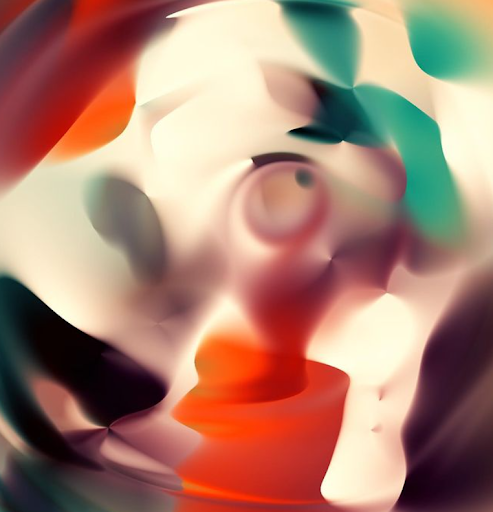
2. Mathographics by Bradley G Munkowitz
Bradley G Munkowitz, aka GMUNK, prefers to create dark, mystical and immersive generative art. His themes usually revolve around metaphysics and technology. His work Mathographics comprises anomalies and optical distortions to create kaleidoscope movements sequenced together for perpetual translation.

3. Helios by JP Yepez
An Auckland-based engineering artist and creative coder, JP Yepez holds mastery in audio-visual generative art. He believes in exploring expressivity, complex systems, and multimodality to create visually appealing generative art.
His work Helios is a beautiful representation of scorching wave variations and minimalist explorations in 2D form. It is also a fine example of vertex shader animation and displacement.
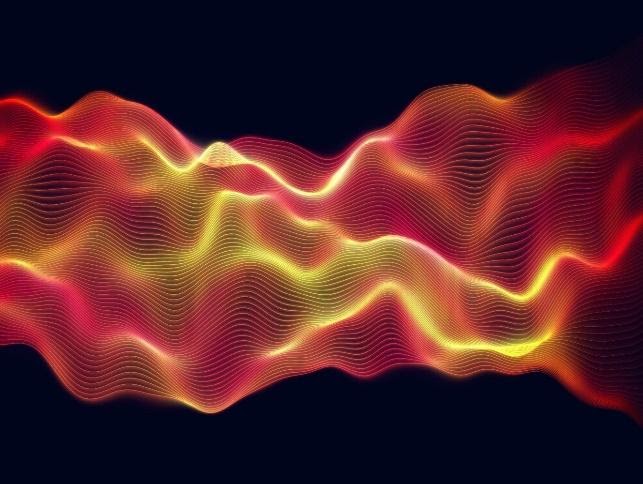
4. Morphogenesis Series by Jon Mccormack
The Melbourne-based artist Jon Mccormack creates alternate artificial life forms, which he thinks might replace the biological nature due to unencumbered human development and progress.
Morphogenesis series is his attempt to create computer models of native Australian flora. The digital design has been mutated and crossbred to give way to a new species of flora.
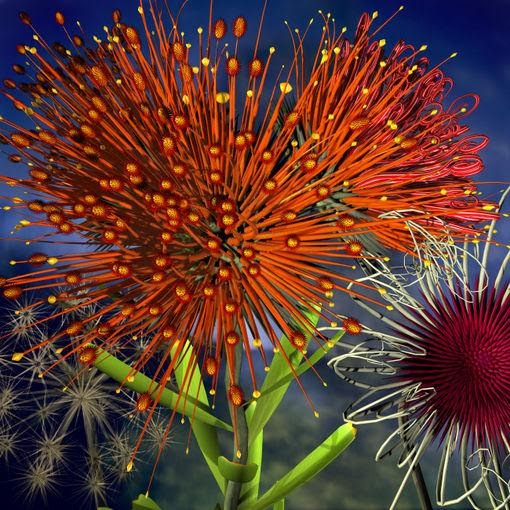
5. //_PATH by Mark Dorf
An eclectic mix of digital media and real photography, Mark Dorf’s work is mainly influenced by the impact of technology on contemporary life in Western culture.
His work //_PATH is a reflection of harmony between nature and technology. The images are a stark contrast of geometric and synthetic forms against the backdrop of the natural landscape.
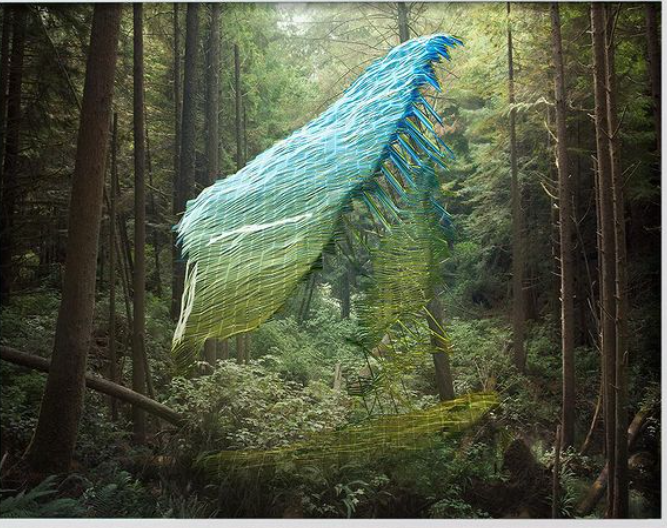
6. 3D Cellular Automata History Stacks by Sebastian Monroy
A creative coder and a generative artist based in Atlanta, Sebastian Monroy finds his inspiration in conversations around the shared consciousness and reality of our existence. His work is usually vibrant in color with rich details. He is also known for complex and mechanical motion graphics.
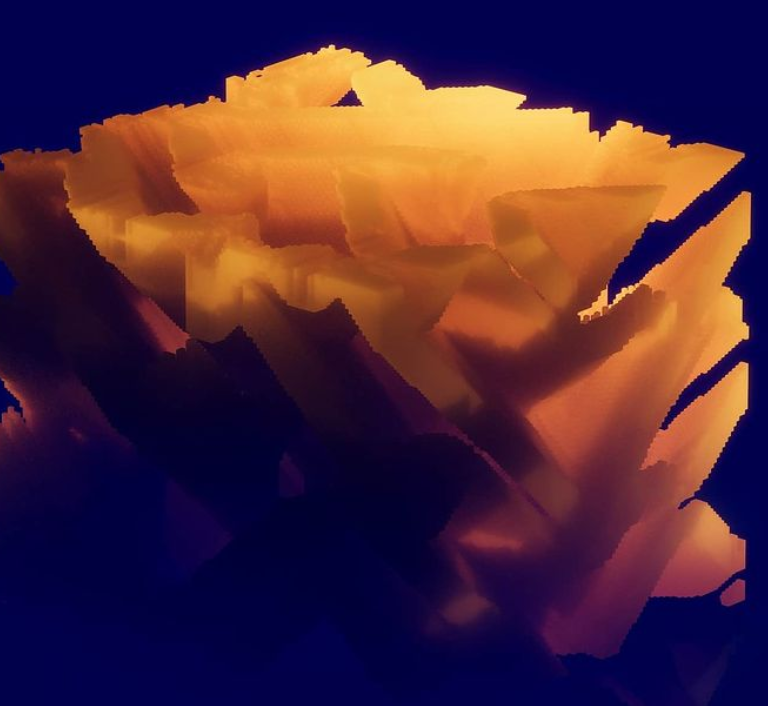
7. Velocity Fields Daemons by Nicolas Berger
A Swiss artist from France, Nicolas Berger, finds his inspiration in patterns and structures in nature. He uses different kinds of algorithms to create infinite variations in shapes and patterns. He is an avid user of the Houdini tool for all his work.
8. Endless Names by Rafeal Rozendaal
Rafeal Rozendaal is a Dutch-Brazillian visual artist. He builds generative arts websites which draw 40 million visits per year. Endless Names is his first generative NFT. He made 1000 compositions on these themes, each being a permutation of one script. He uses programming and simple vector graphics to retain simplicity in his work.
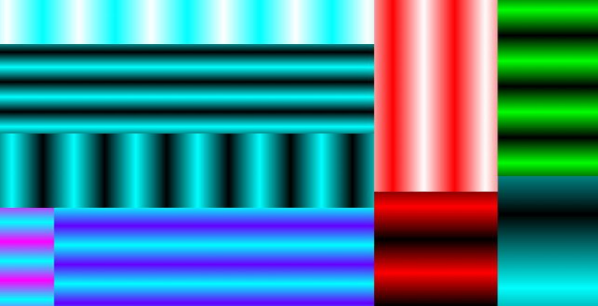
9. Sci-Art by Alida Sun
New media and generative artist Alida Sun calls herself an intersectional futurist. Based in New York and Berlin, she has been creating generative art for more than 900 days and counting. Sci-art is inspired by a prompt from one of her patrons.
It is a live-coding interpretation of the largest living-dead biomolecule structure mapped by X-ray crystallography.

10. Lacuna by Turning Torso
A resident of Mexico City, David Sanchez, alias Turning Torso, is an audio-visual artist. He likes to experiment with tones and space illusions, to create his generative art pieces.
Lacuna is an audio-visual artwork collection comprising 9 NFTs. These NFTs were created from chromatic noise surfaces and wavetable synthesis.
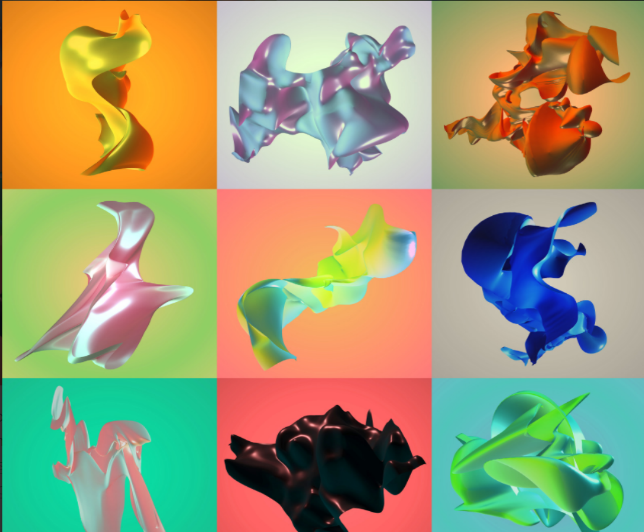
11. Eric Prydz-Generative Art by Joshua Davis
Joshua Davis calls himself more of a designer than a generative artist. He believes in developing processes, hype framework, and simple techniques to create his art. Eric Prydz-Generative Art is inspired by the video of the same name by GMUNK. The vivacious colors and patterns of this art are simply mind-blowing.

12. Bubble Drama by Rafa Diniz
Rafa Diniz from Brazil is into music, creative code and software art. He commenced his journey as a composer and went on to study audio-visual aesthetics, programming language, and sound synthesis. Bubble Drama is a still from his video by the same name. Today, he produces his generative art from both sound and images.
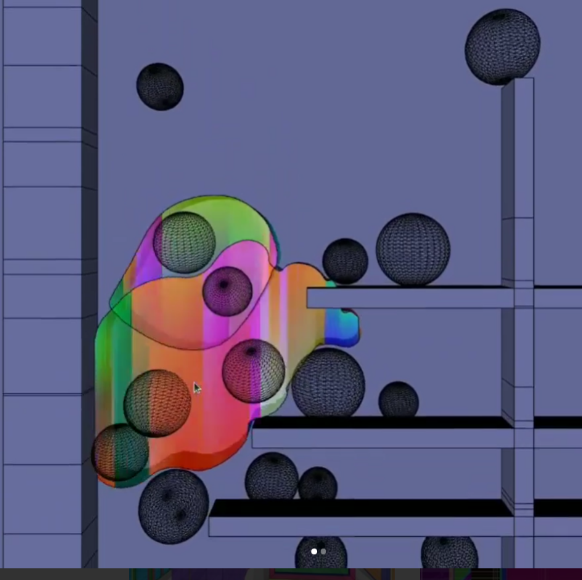
13. Catenary02B-1 65/68 by Marius Watz
A programmer, experimenter, and graphic artist, Marius Watz combines art, aesthetics, and code to produce his visuals. He comes from techno underground culture, which is aptly reflected in his work.
The Catenary02B-1 65/68 is a deformed geometry model using catenary curve simulation. Its monochrome theme inspired by physics is an instant attention-grabber.

14. Everydays by Beeple
Beeple, aka Mike Winkelmann, created history by selling his generative art piece titled ‘Everydays: The First 5,000 Days’ for $60 million. He has been working on this project since 1st May 2007 and is currently on the 14th round of Everydays.
He has completed 5294 consecutive days so far and still counting as far as this project is concerned. Every day, he makes an image from start to finish.

15. Generative Art by Casey Reas
Casey Reas is the co-creator of Processing, the open-source programming language and environment to create animation and images.
So, you can only expect the best from his generative art pieces. He uses software to draw millions of lines in abstract patterns within a few seconds to create art.
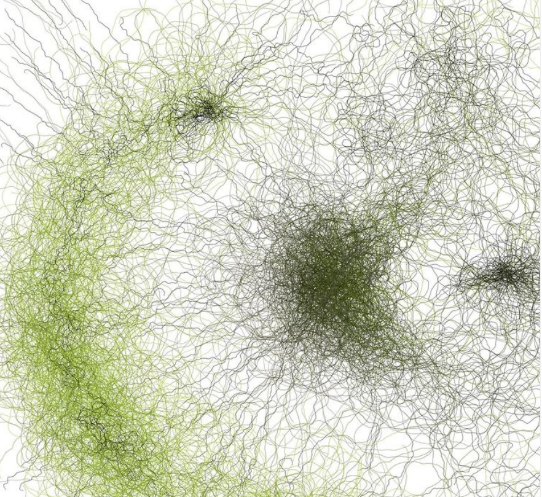
16. Planets by Chelley Sherman
A visual artist from San Francisco, Chelley Sherman leverages neural systems to create patterns and textures. She likes to explore the relationship between sound, light, and psychoacoustic effects to captivate the artistic senses of her patrons. She is also known for her dark and mysterious generative art.
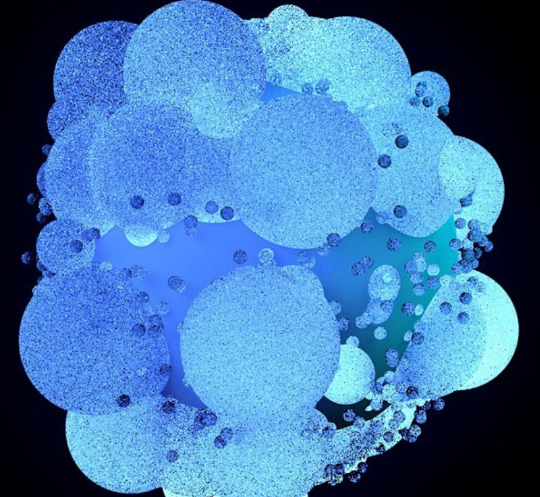
17. CryptoPunks by Larva Labs
A collection of 10,000 uniquely generated characters, CryptoPunks is one of the finest generative art examples by Larva Labs. Each of these characters was claimed very quickly on the Ethereum wallet. But, now, if you want to buy it, you can do so only from online marketplaces.

18. Plato by Tim Rodenbroeker
Tim Rodenbroeker is on a mission to teach creative coding and computational thinking in the domain of graphic designing. He firmly believes that code is a crucial building block in the education of contemporary design. Inspired by the Athenian philosopher, his work Plato is an excellent example of a generative art code to make portraits.
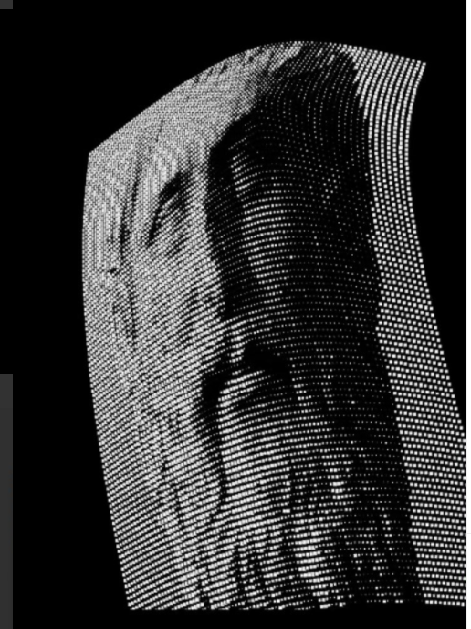
19. Subscapes by Matt DesLauriers
Matt DesLauriers strikes a perfect balance between the three in his generative art with his love for light, colours, and geometry. He also taps into other techniques, such as pen plotting and laser cutting, to enhance the effects of his art.
He has created Subscapes using an entire program that is immutably secured and hosted on the Ethereum blockchain. The software accepts a unique hash as a seed. The output is the corresponding artwork with the help of a deterministic generative algorithm.
20. Multi-dimensional Geometry by Jessica In
Jessica In draws her inspiration from mathematics and physics. Jessica loves to explore technology to create bespoke designs as an architect, creative coder, educator, and designer based in London.
The Multi-dimensional Geometry represents how geometrical lines and patterns can be transformed into exquisite art.
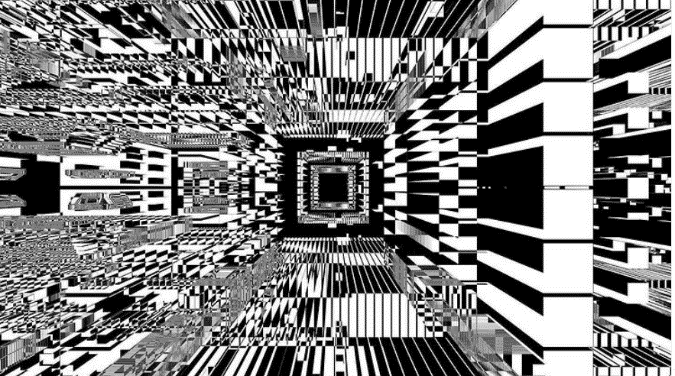
Look at ‘10 Generative Art Ideas to Start With’ for more inspiration.
Where can I buy generative art?
You can buy generative art prints on Etsy, Saatchiart, Artsy, The Artling, and many other online portals. It is also possible to buy generative art as digital art NFT’s on curated art platforms like Artblocks.
Opensea is also a great platform for buying and selling generative art on the open market. Most NFT launches often sell their art on their official website, Look out for new launches from established artists who continue to create new art series.
Conclusion
Generative art is gradually becoming mainstream art owing to its popularity. It is touted to transform the art industry and bring new ways of innovation in the future. Therefore, this is a good time to invest in generative art or become a generative artist.
The article is a part of our comprehensive series on “Generative art”
